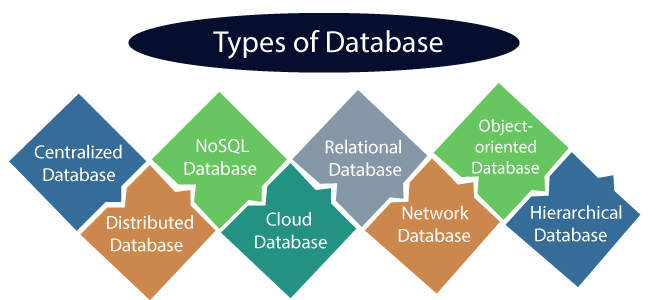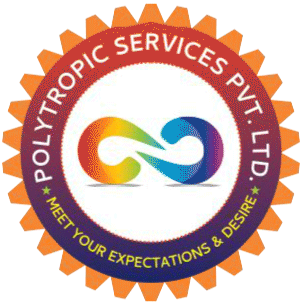ABOUT THE DATABASE CONCEPT:

A database is an organized collection of structured information, or data, typically stored electronically in a computer system. A database is usually controlled by a database management system (DBMS). Together, the data and the DBMS, along with the applications that are associated with them, are referred to as a database system, often shortened to just database. Data within the most common types of databases in operation today is typically modeled in rows and columns in a series of tables to make processing and data querying efficient. The data can then be easily accessed, managed, modified, updated, controlled, and organized. Most databases use structured query language (SQL) for writing and querying data.
WHO CAN APPLY(ELIGIBILITY):
BCA/BSC-IT/MCA/CS Engineering/IT Engineering
Duration:
As Per College Norms
COURSE HIGHLIGHT:
- Practical demonstration for each and every module mentioned in course contents.
- All the content mentioned is covered side by side by practical’s.
- Improve your job prospects and get an edge over your counterparts.
- Covers all the basics for development of a client side technology.
- Free tools & software's used by professional designers.
- Study material to each student including books, DVD’s, and software kit.
- Hands on Demonstrations of Latest Animation Techniques & Tools.
- All study material would be provided
- All the necessary software’s would be provided.
TRAINING METHODOLOGY:
Theory, Practical (Emphasison Practical and Current Market Requirement)
WHO CAN ATTEND:
- College students seeking career in Website Development.
- Person having interest in Designing.
- Education Faculty & Staff.
